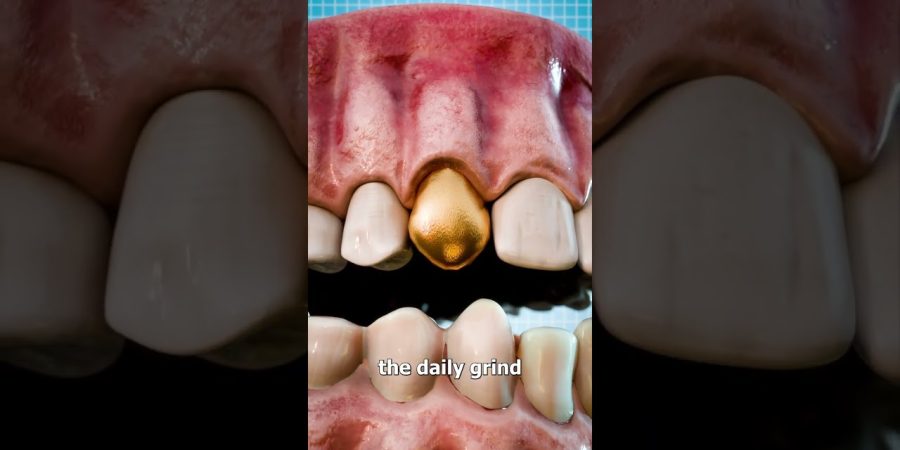In the ever-evolving field of dentistry, where advancements in technology and materials abound, one might wonder why some dentists still opt for the timeless choice of gold teeth. This article delves into the reasons behind dentists’ continued preference for gold teeth while also exploring other types of teeth commonly used in modern dental practice.
The Enduring Appeal of Gold Teeth
Gold has been utilized in dentistry for centuries, with its use dating back to ancient civilizations. Despite the availability of newer materials, gold remains a staple in dental restorations for several reasons:
- Durability: Gold is exceptionally durable, making it a reliable choice for dental crowns and fillings. Its resistance to corrosion and wear ensures longevity, providing patients with restorations that can withstand the rigors of daily use.
- Biocompatibility: Gold is biologically inert, meaning it is non-toxic and compatible with the human body. This makes it an excellent option for individuals with metal allergies or sensitivities, reducing the risk of adverse reactions.
- Precision Fit: Gold can be cast to create highly precise and customized restorations that fit seamlessly into the natural shape of the tooth. This precise fit helps to minimize the risk of decay and provides optimal comfort for the patient.
- Aesthetics: While gold may not mimic the natural color of teeth like some other materials, its distinct appearance can be desirable for certain patients. Some individuals appreciate the unique aesthetic of gold restorations, viewing them as a symbol of prestige or luxury.
Exploring Alternative Materials:
While gold teeth hold a prominent place in dental history and practice, modern dentistry offers a range of alternative materials to suit diverse patient needs:
- Porcelain: Porcelain crowns and veneers are prized for their ability to closely mimic the appearance of natural teeth. They offer excellent aesthetics and are often used for highly visible front teeth restorations.
- Composite Resin: Composite resin is a tooth-colored material composed of a mixture of plastic and glass. It is frequently used for dental fillings and bonding procedures, offering good durability and aesthetics.
- Ceramics: Ceramic materials, such as zirconia, are valued for their strength and durability. They are commonly used for dental crowns and bridges, particularly for patients seeking metal-free restorations.
- Titanium: Titanium implants are a popular choice for tooth replacements due to their biocompatibility and strength. They integrate well with the jawbone, providing a stable foundation for prosthetic teeth.
While the allure of gold teeth endures in dentistry, the field continues to embrace innovation and diversity in materials. Dentists carefully consider factors such as durability, biocompatibility, aesthetics, and patient preferences when selecting the most suitable restorative options. Whether opting for the timeless brilliance of gold or exploring the myriad alternatives available, the ultimate goal remains the same: restoring smiles and promoting oral health with precision and care.
Supplier or Manufacturer from India? Register FREE and List Your products





Leave feedback about this